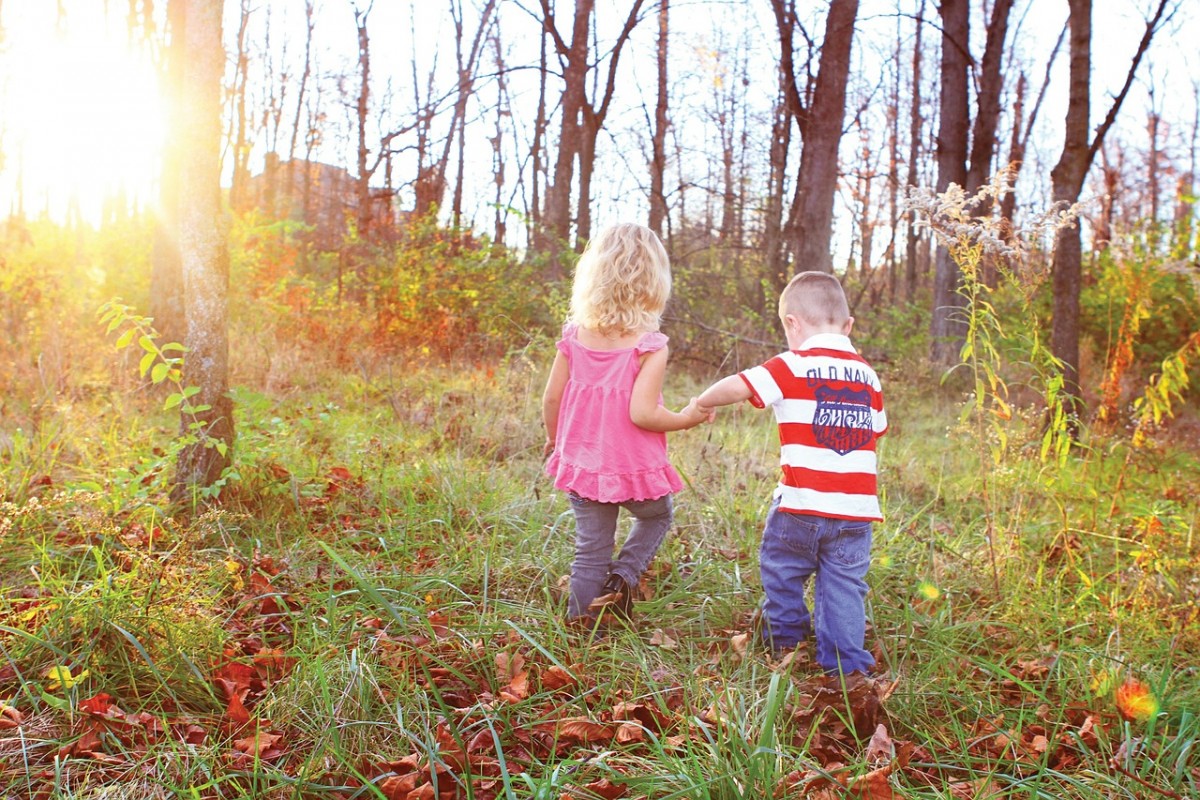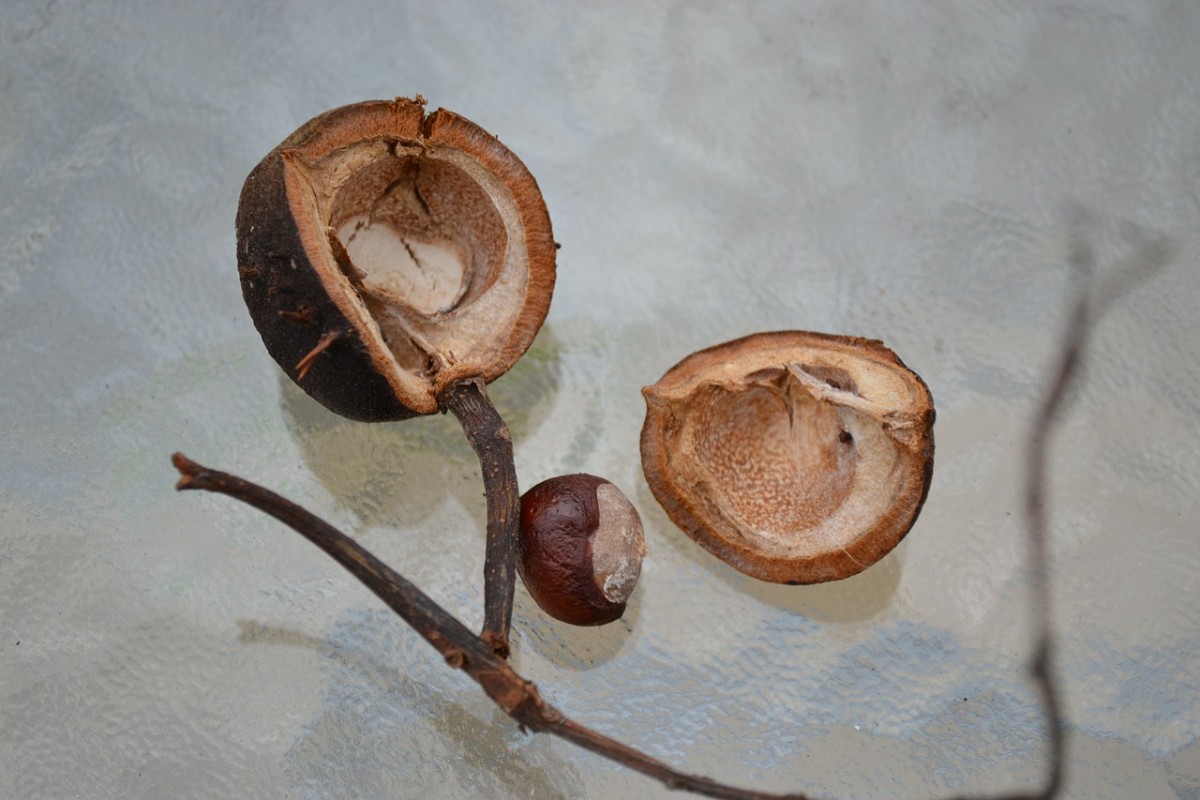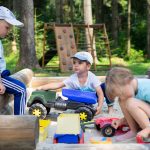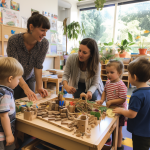Early years settings need to embrace loose parts outdoor play
Outdoor play is always rising on the early year’s agenda with the benefits regularly being stated for children’s holistic development. Recently reported is the rise in forest schools groups within the community with many early years’ settings becoming their forest schools or regularly taking part in forest schools sessions, these allow children to learn through loose parts found naturally outdoors. However, many early years settings are not fully promoting the true philosophy of outdoor play.
Too often the outdoors environment is filled with purposeful plastic objects, toys and materials which many are not arguing is taking away the adventure and imagination that children enjoy so much from being outdoors. Many settings are now taking a loose parts approach to their outdoor settings have a variety of resources that have no particular purpose and can be used in a million different ways engaging the child’s sense of play and imagination.
What is a loose parts approach?
Loose parts are commonly seen in heuristic areas with natural open ended resources that can be moved, combined and used in many ways. Many are taking this further and instead of having a small area of the room filled with such objects many are now filling the whole setting or outdoors environment with loose parts. Resources used by many settings outdoors include tires, ropes, cardboard boxes, sticks, rocks, shells, sand, buckets, pallets, crates, flower pots, bottles, and wood. Many of these are often thrown away and thought to be rubbish, but in truth, they can offer a wealth of learning for children.
Many are concerned about health and safety when considering if children should be playing with such objects. Instead of restricting children to not playing with such resources children should instead be given the opportunity to learn how to safely engage with these resources and begin to identify and manage their risks.
Why should this approach be used for all outdoor play?
The outdoors environment allows children to engage and learn in many ways that cannot be done within the restrictions of an indoors environment. There are many physical benefits to spending times outdoors including health and developmental purposes. The outdoors is an environment that allows rich language experiences and allows children to explore the limitations of their voices and language. Children also feel a great sense of freedom when outdoors and begin expressing themselves and letting off steam. By having an outdoor space which allows children to explore this freedom and create their stories the can engage, play and critically think. If the outdoors environment becomes too structured and too similar to the indoors environment, it places restrictions on the learning that would naturally take place from a free play outdoors space. Children need time to learn for themselves and to follow their interests instead of having too many structured adult lead activities, especially in the outdoors environment.
Many early years leaders are now promoting loose parts free outdoor approach and are urging other settings to follow their lead.




We also embrace learning in this way, concerns are raised by some parents and new practitioners. However as long as health and safety is practised the learning right through from tiny tots to kids club children is invaluable.
Hi Alison, how do you deal with the parent’s concerns?
We use this philosophy in our outdoor area, most of the resources we use have been given to us, we just add chalk! Tyres are used for play, also planting, tractor tyre for song circle, the children always lead the play and teach the adults so much.